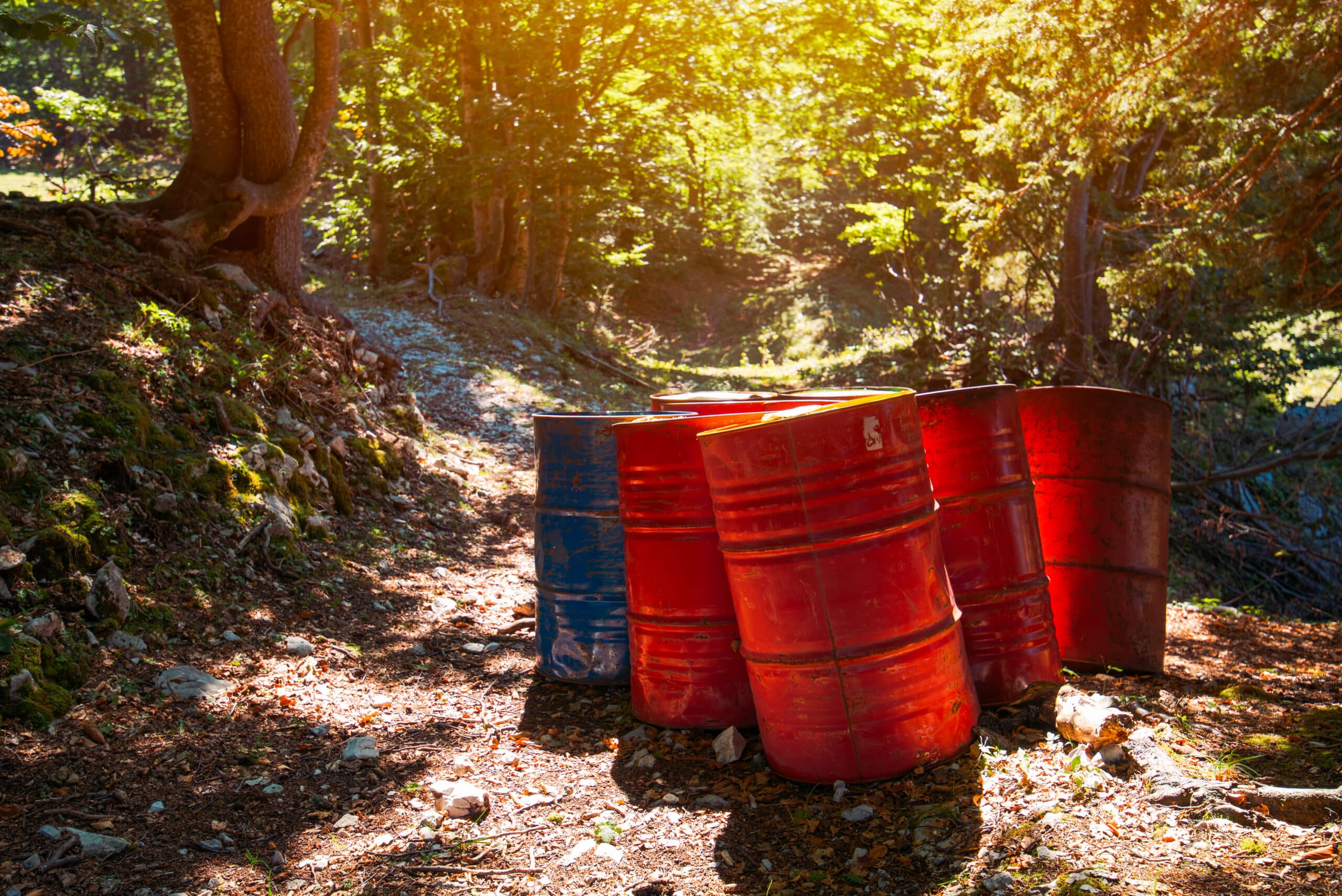Generally, Section 3 of the Criminal Code Act 1899 divides offences into 2 major categories.…
What Are The 4 Types of Hazardous Waste? – Guest Post

Hazardous waste is one of the biggest environmental problems facing the world today, but what exactly are hazardous wastes? In this article, we will go over each deposition summary that falls under hazardous waste and its characteristics.
What is hazardous waste?
Hazardous waste is any substance that can cause harm to human health or the environment. These substances are usually associated with industrial processes, such as manufacturing or mining, and include chemicals, oils and greases, batteries, and radioactive materials.
The four classifications of hazardous waste
There are four different types of hazardous waste, and each of them has a different level of danger associated with them:
F-List Waste
F stands for flammable and refers to materials that are readily capable of catching fire at room temperature or under normal conditions. Examples include gasoline and other volatile organic compounds (VOCs).
K-List Waste
K stands for corrosive and refers to materials that have a pH level below 7 or above 11.5 (the pH scale runs from 0 to 14), or those that have an acidic or alkaline base. These materials can cause corrosion or other damage to equipment when not properly handled.
P-List Waste
P stands for “other problematic wastes” and refers to wastes that may be harmful if they come into contact with humans or the environment in certain ways (such as through ingestion). Some examples include paints, solvents, batteries and pesticides.
U-List Waste
Finally, U-List Waste is any material that contains asbestos fibers—which can cause cancer—or polychlorinated biphenyls (PCBs), which are known to cause cancer as well as other health problems like birth defects and nerve damage.
Characteristics of Waste
Ignitability: This means that the waste is likely to catch fire and burn. There are different categories of ignitable waste, from very low to very high. The more likely it is to ignite, the more dangerous it is.
Corrosivity: Corrosive materials are ones that can damage the skin, eyes, and respiratory tract when they come in contact with them. Proper respiratory protection is essential to minimize exposure. They can also damage or even eat through other materials like metal or concrete. The severity of corrosivity depends on how much exposure you need before you start suffering damage.
Your response is highly appreciated.
Reactivity: This refers to how quickly a material reacts with water or air and how much heat it releases during a chemical reaction. It’s important because if your waste contains reactive chemicals then they could cause explosions or fires when they come into contact with water or air – which means they’re not safe to store long term anyway!
Toxicity: Toxic materials are ones that can cause serious harm to humans or animals if ingested or inhaled over time – so make sure you keep these out of reach as much as possible!
The Bottom Line
It’s important for everyone to have a basic understanding of hazardous waste types and how to appropriately handle them. Once you know exactly what type of hazardous waste you’re dealing with, you can take the proper steps to dispose of it in an environmentally friendly manner.
Author Bio-

Sheila LaCivita is the owner of 4 Corners Depo. She got a paralegal degree with distinction from UCLA and has been helping lawyers with deposition summaries. She wants to share her knowledge and experience with others.

